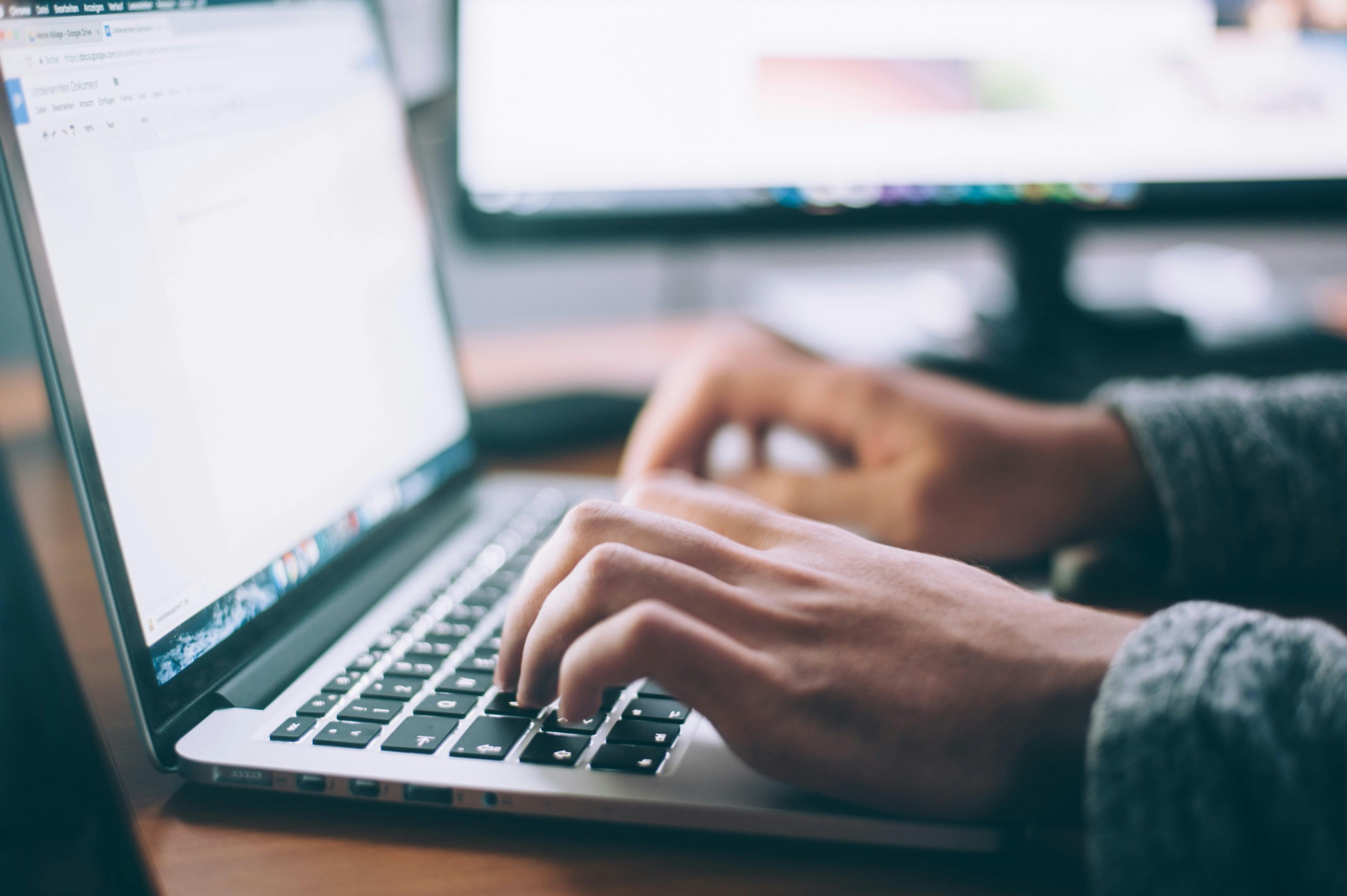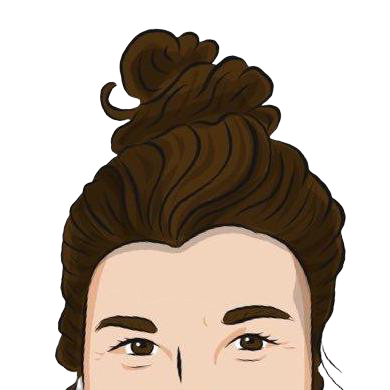What to Do if You Get Doxed
FLURT Magazine

* If you feel you’re in immediate danger, please call your local emergency number.
Named for documents, or ‘dox,’ doxing is defined as the public release of someone’s private information. What constitutes a legitimate dox, however, is highly debated due to how freely available personal information is online. But make no mistake – doxing is abuse.
Erica Olsen is the Deputy Director of the Safety Net Project, an initiative from the National Network to End Domestic Violence (NNEDV) that focuses on the intersection of technology and intimate partner abuse. Through her work with the Safety Net Project, Erica has witnessed firsthand the disparity between response to abuse that happens online vs offline.
“If someone was standing on a street corner handing out cards with their ex’s phone number and address and encouraging people to harass, stalk and sexually assault them — there would be a response,” she explains. “People would be appalled, the police would be called and their privacy and safety would be defended. This same scenario occurring in an online space should be no different.”
One stubbornly persistent attitude about online abuse is that the victim can simply unplug or disengage to immediately end the harassment being committed against them. As many survivors know, this is utterly false — and even further from reality when your home address is posted alongside direct threats.
So what is doxing, exactly?
Crash Override, an advocacy group and resource center for people who are experiencing online abuse, uses the following definition: “Doxing is the act of publishing someone’s personal information, of which there would be a reasonable expectation of privacy and dubious value to the conversation, in an environment that implies or encourages intimidation or threat. This includes information that may arguably be easy to find, such as a home address from a WhoIs lookup or personal photos from Facebook, so long as it’s wielded in a threatening manner.”
They write on their website: “Of all forms of online harassment we observe at Crash Override, doxing is one of the most prevalent due to its relative ease and high emotional impact.” This is because doxing is designed to violate your sense of security. It’s a direct attack on an individual’s privacy and personal safety.
“Many doxing attacks include threats of assault, rape and death,” Erica adds. “We believe everyone deserves to live safely, both online and offline, and that doxing should be responded to as the crime that it is.”
You've been doxed. Here's what to do.
There’s no ‘right’ way to feel after finding out that you’ve been doxed. Remember that whatever your initial response maybe is valid and reasonable – whether it’s anger, helplessness or something in between. Even if you don’t feel you’re at immediate risk, there are some actions that need to be taken in case the harassment escalates.
First, document your doxing. Any method of record-keeping is fine, such as screenshots or downloading the webpage. Make sure these include things like timestamps and visible URLs. This will create a chain of culpability and make it easier to secure police or legal involvement should you choose to pursue it.
Once it’s documented, report it. “Most online spaces allow users to report harassment or the posting of their personal information. If the content violates the site’s terms of service, it may be removed,” says Erica. “If investigated, law enforcement may be able to send an order that will preserve the content, even though it’s no longer online, so they can prove the identity of the poster.”
Crash Override also has a comprehensive guide for victims of doxing. It includes information about whether or not to go public with the assault, processes for evaluating doxing threats, when to go offline or involve the authorities and more. Additionally, if you feel you need more personalized advice, you can email them directly at crashoverridenetwork@gmail.com.
Preventing doxing
Maintaining privacy in today’s world is a task that many survivors of abuse and stalking have to navigate on a daily basis. Here’s what you can do to prevent the spreading of personal information online:
- Know the common ways harassers end up with your dox (Crash Override has a great list of resources).
- Be careful about what information you put online or what you share when creating accounts.
- Use privacy and security settings to limit who can see your information.
- Disconnect your social media profiles from other personal information by using different profile photos and names.
- Do a Google search for the photos or images of you available online and see what information is accessible through that.
- Explore the resources available through the Safety Net Project’s Technology Safety blog.
According to Erica, it’s not just you that you have to be concerned about. “The more difficult task is trying to control and minimize the personal information that others put online about us. This may include family and friends – but the bigger challenge is with organizations and government agencies,” she explains. “The school your kids attend, your church, where you donate or work may post newsletters or photos on their websites and include your information without asking your permission.”
Help make the internet a safer place
When you’re interacting online:
- Ask before you post a photo of someone else.
- Never send harassing or threatening messages in an online space to scare, humiliate or harm another person.
Say something when you see people doxing others:
- Private message someone to offer your support.
- Report abuse to the site for removal.
On a larger scale:
- Join efforts to advocate for changes that impact online safety.
- Tweet or post to companies to encourage them to improve their practices, policies and tools to make their platform safer.
- Let your state representatives or Congressperson know you want them to support legislation that will help hold abusive people accountable for their actions.
“We need to ensure that people can maintain their privacy and feel safe online,” says Erica. “We also need victims of doxing and other forms of online abuse to know that they are not alone and there are resources to help.”
Liked this article?
Let me send updates to your inbox (and one day, a newsletter).
Unsubscribe anytime. No spam 🤖
